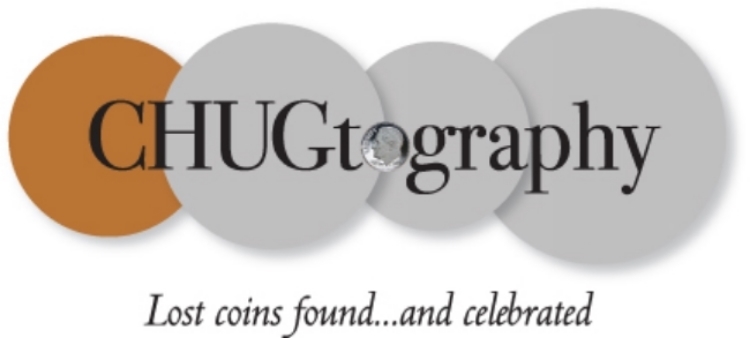by Dipti Joshi
Thank you, Rosanna Mini, for your Brainstorming Contribution!
Having the freedom to train for one’s own personal walking and running goals, in a social environment, is one of the nicest aspects of being part of the Y Running and Walking Club.
We are in marathon season! Here is Brian Berger, 54, training for the NYC Marathon!
Photo: Scott Barringer
Running slows down the aging process (it’s also true for even small amounts of cardiovascular and strength based exercise, but we are trying to stick to the theme). Although endurance may not change, runners and hikers slow down with age, sometimes causing frustration and self-doubt. It is not completely clear why this happens, but a key study(DeVita) showed stride length shortens with age, and this results in slower runs. With aging, less of the lower body muscles are used, like calves and ankles. Including flexibility and lower body (calf, ankle) strengthening exercises will definitely help one to maintain some speed with age, but the chances are quite high that you will still be slower than your younger self. An age-graded or age adjusted chart, was first created by an aptly named economist, Dr. Fair, to reduce his own frustration with his slowing marathon run times. This age graded calculator (good, but not a perfect tool) is for walkers, hikers, sprinters, and more. There are possibilities and truths that occur with getting older, and with the right mindset, none of it is bad. The chance of injury increases over time, altering the possibility of running full marathons year after year, or, even running at all (terrific NYT article relating to this) Two, is that, if you actually do continue running marathons, year after year, after year, you will be revered, despite your finishing time! Click, below

